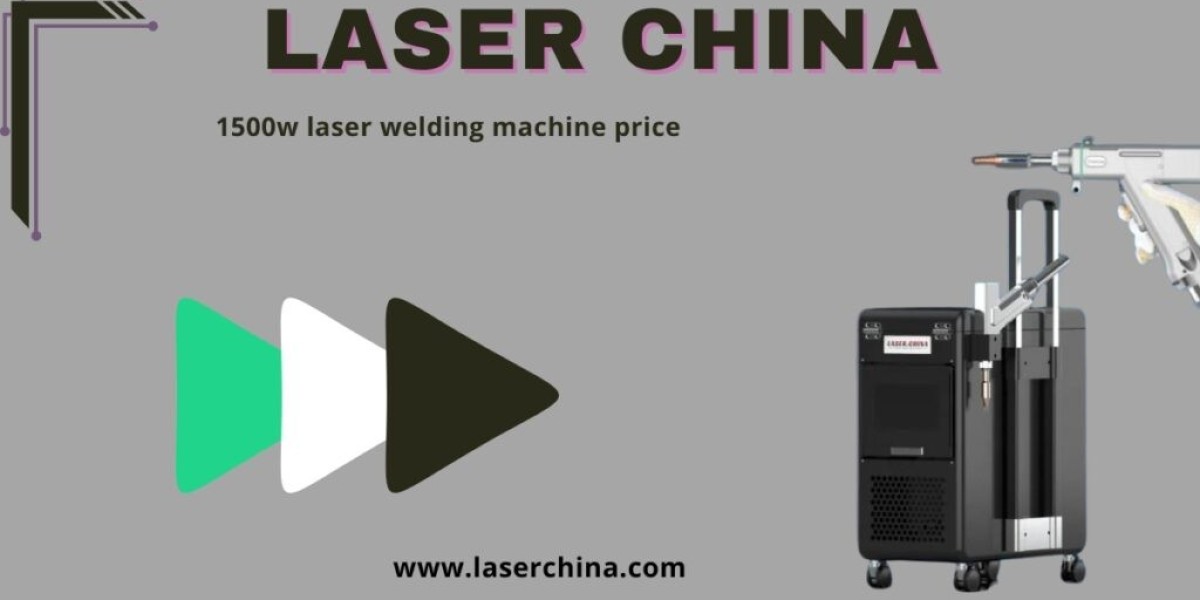A laser lens is an optical component specifically designed to shape, focus, or manipulate laser beams to meet the requirements of various industrial, scientific, medical, and commercial applications. Laser lenses are critical for ensuring the beam's precision, accuracy, and efficiency, making them a fundamental part of any laser system. These lenses come in different designs, materials, and coatings tailored to specific tasks and laser wavelengths. Below, we explore the role of laser lenses, how they work, and their advantages across applications.
What Is a Laser Lens?
A laser lens is used to focus or modify the shape and trajectory of a laser beam. Unlike ordinary lenses, laser lenses are designed to handle the unique properties of laser light, such as high coherence, intensity, and a narrow wavelength range. They are often crafted from high-quality optical materials, such as fused silica, sapphire, or optical glass, and are coated with anti-reflective or dielectric coatings to optimize performance.
Types of Laser Lenses:
- Plano-Convex Lenses: Focus laser beams into a small spot. Commonly used in cutting, welding, and engraving.
- Plano-Concave Lenses: Diverge laser beams for specific applications like beam expansion.
- Cylindrical Lenses: Modify laser beams into line shapes for scanning or measurement systems.
- Aspheric Lenses: Reduce spherical aberrations, ensuring sharper focus.
- Meniscus Lenses: Combine the features of convex and concave lenses, improving focus while reducing spherical aberrations.
How Laser Lenses Work
The main function of a laser lens is to focus or reshape the laser beam to match the requirements of the task. The following steps outline how they contribute to laser system performance:
Beam Focusing:
The laser lens focuses the beam to a specific point, known as the focal point. This focused spot can have high energy density, making it suitable for tasks like cutting, welding, or marking.Beam Shaping:
Some laser applications require the beam to take specific shapes (e.g., a line or rectangle). Cylindrical lenses can transform the circular cross-section of a laser beam into the desired shape.Collimation:
In systems where the beam needs to travel long distances without divergence, collimating lenses ensure the beam remains parallel.Controlling Aberrations:
High-quality laser lenses reduce distortions, such as spherical or chromatic aberrations, ensuring precise performance and accurate beam delivery.Wavelength-Specific Performance:
Laser lenses are optimized for the specific wavelength of the laser source (e.g., CO₂, fiber, or solid-state lasers). Coatings ensure maximum light transmission and minimal energy loss.
Key Benefits of Laser Lenses
1. Enhanced Precision
Laser lenses allow for precise focusing and beam shaping, which are essential in tasks requiring high accuracy, such as laser cutting, engraving, and medical surgeries.
2. High Efficiency
Coated laser lenses maximize energy transmission, reducing power losses due to reflection or absorption. This ensures that most of the laser's energy is delivered to the target, increasing efficiency.
3. Customization for Applications
Laser lenses are available in various designs and materials, making them highly adaptable to specific tasks. For example, plano-convex lenses are ideal for focusing, while cylindrical lenses are used for line generation.
4. Durability and Reliability
Laser lenses are made from robust materials capable of withstanding high-intensity beams and extreme temperatures. Coatings enhance their durability, extending their lifespan even in demanding environments.
5. Improved Productivity
By ensuring precise beam delivery, laser lenses enable faster and more efficient processes in industries such as manufacturing, reducing downtime and material waste.
Applications of Laser Lenses
Industrial Manufacturing:
Laser lenses are widely used in cutting, welding, and marking systems. They enable the precise delivery of laser beams for intricate designs and efficient material processing.Medical Applications:
In medical lasers, such as those used in eye surgeries or dermatological treatments, lenses focus the beam to target specific tissues without damaging surrounding areas.Scientific Research:
Laser lenses are integral to optical experiments, spectroscopy, and holography, ensuring precise beam control for accurate results.Defense and Aerospace:
Laser lenses enhance the performance of rangefinders, target designators, and other military laser systems.Optical Communication:
In fiber optic systems, laser lenses focus and direct beams for efficient signal transmission.Consumer Electronics:
Laser lenses are found in devices like barcode scanners, DVD players, and 3D printers, where precise beam control is essential.
Advantages Over Traditional Methods
Laser lenses enable applications that are impossible with traditional tools. For instance, in laser cutting, a focused beam can achieve clean and precise cuts in a fraction of the time required by mechanical methods. Similarly, in medical treatments, laser lenses provide non-invasive, highly targeted solutions, reducing recovery times.
Conclusion
Laser lenses are indispensable components that enable the precision and versatility of laser systems. By focusing and shaping laser beams, they contribute to the efficiency and accuracy required in a wide range of industries. Their ability to handle high-intensity beams, optimize energy transmission, and adapt to specific wavelengths ensures their continued importance in advancing laser technology. As laser systems evolve, innovations in laser lens design will further expand their applications and capabilities.









